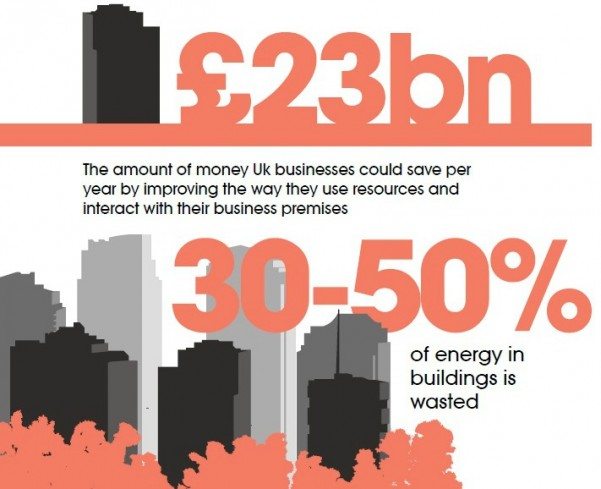The need to identify areas of waste and inefficiency in pinpoint detail to maximise resource efficiency and minimise costs has long been acknowledged. It is only in recent years that the technology has been available to do this and even more recently that it has been affordable.
With technology costs lowering and energy costs rising the new challenge is to make that data available to all those who need it to make decisions – in a form and at a time, which empowers the decision makers in organisations.
At a recent Directors’ Forum Dinner hosted by The Manufacturer, I commented on the rapidly increasing availability of information at all levels of business, challenging industry to evolve from a closed information culture to an open one.
The CTO of Microsoft Services, Angus Foreman explained how Microsoft is creating seamless access to data across multiple devices, from desktops and laptops to tablets and smart phones. Microsoft’s goal is “to enable real-time collaboration and collective creation among many people across multiple locations”.
 At that same dinner representatives from BAE, MBDA and Tata Steel, all commented on the need for culture change within organisations in order to realise the benefits of the information potentially available.
At that same dinner representatives from BAE, MBDA and Tata Steel, all commented on the need for culture change within organisations in order to realise the benefits of the information potentially available.
With more data, greater opportunities are available for organisations that have an open, transparent decision making culture, while respecting the confidentiality of the information.
It is becoming increasingly clear that energy, waste and cost cannot be reduced unless pinpoint source data is collected and converted into actionable information.
SAVORTEX is focused on developing innovations for a future founded on a low energy, sustainable and smart built environment. We found that hidden risks in buildings i.e. energy and waste can be identified and turned into profitability through smart technology that produces actionable data.
We have designed in the UK, manufactured and launched the most environmental and smart hand dryer every produced where the technology creates value on the client’s site, serving directly into the product servitization business model. The project was part funded by innovate UK.
The smart dryers are connected to the internet recording through sensors and M2M technology, real-time energy usage and washroom footfall, reporting the data to the web.
The data intelligence collected is allowing our clients like Carillion, the Royal Bank of Scotland (RBS) and Canary Wharf Group centrally manage their washroom facilities from the cloud. The result is exactly what Microsoft CTO Angus referred to, “enabling real-time collaboration and collective creation among many people across multiple locations”.
The data provides profit-boosting insights through faster problem resolution and a significant reduction in cost, waste and energy, and improved resource efficiency. We serve sustainability-focused private and public sector organisations like RBS, Carillion Plc., British Airways and Marriott Hotels to name a few, which are experiencing huge savings in cost, energy and waste by using our smart technology.
RBS recently announced savings of £35,000 and 14 tonnes of waste per building a year by switching over to our smart dryers. Apart from managing the washrooms, the data means different things to different building owners and that’s the power of the internet of things, it provides a holistic and 3D view of your buildings, which helps you map and predict trends, revealing building occupancy throughout the day.
The need to change the old ways of managing buildings is apparent. New ways of working that are information-led; need to replace the old rota-led systems.
New ways of making decisions that are informed by multiple views of different data sets will generate exciting new opportunities in businesses that are looking for better ways of working.
Originally published in The Manufacturer



